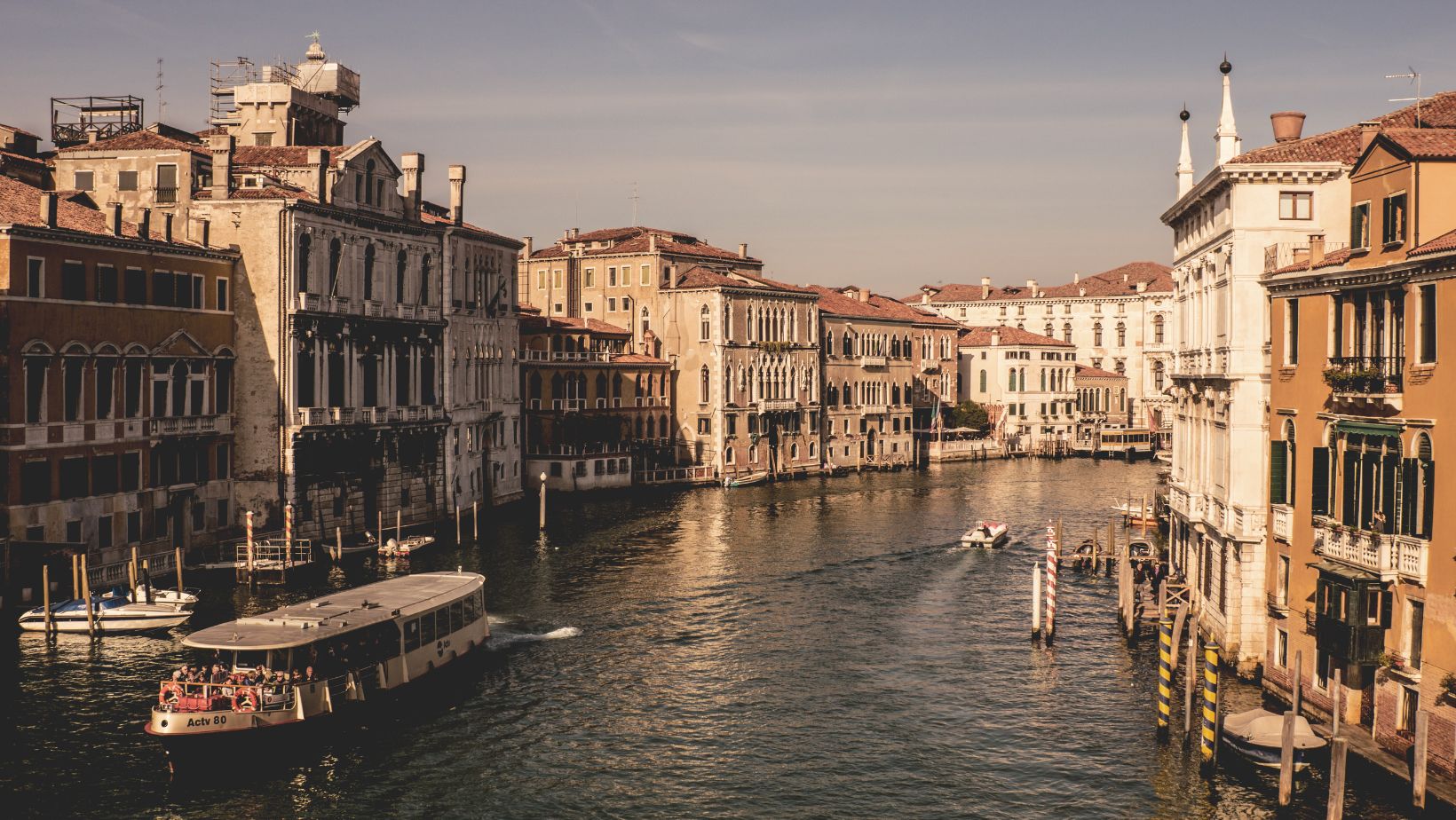Planning a Europe trip is as exciting as it is overwhelming. With so many countries, cultures, and attractions packed into a single continent, the challenge is not whether to go but how to design an itinerary that feels complete without being rushed. Like many travellers, I began my search by comparing packages from well-known providers. Two names came up repeatedly: Thomas Cook, a longstanding travel operator, and Thrillophilia, India’s #1 travel packages brand.
After reviewing both itineraries side by side, I discovered stark differences in philosophy, structure, and experience design. Read below to find out what ultimately convinced me to choose the best Europe tour company!
The Nature of Europe Packages
Europe has always been a dream destination for Indian travellers. From Paris to Prague and Rome to Reykjavik, the continent offers a wealth of experiences. Travel companies package these into structured tours to make planning easier, but how those packages are designed can significantly alter the journey.
Thomas Cook’s itineraries follow a traditional model: multi-country group tours with fixed schedules. These packages are predictable and standardised. Travellers know what they are signing up for, but flexibility is limited.
Thrillophilia’s itineraries, in contrast, are built on a technology-led, personalisation-first approach. Rather than a rigid checklist, their European packages feel like frameworks where customisation is possible. Travellers can enjoy seamless connectivity, easy access, and customised options with Thrillophilia Europe packages from Delhi, Mumbai, Bangalore, and other major cities.
Itinerary Comparison
The first itinerary I studied from Thomas Cook included familiar destinations—France, Switzerland, and Italy—packed into a 10-day schedule. The plan covered major monuments, guided sightseeing, and transport between countries. While efficient, it also felt hurried, with limited free time to explore on my own.
Thrillophilia’s Europe itinerary covered similar destinations but added layers of choice and immersion. Beyond visiting the Eiffel Tower, the plan suggested optional evening cruises on the Seine. Beyond Switzerland’s Alpine tours, travellers could add activities like paragliding or lake kayaking. In Italy, there was flexibility to join local walking tours or spend leisure time discovering hidden neighbourhoods. With options for different budgets, Thrillophilia Europe Tour cost is designed to offer value that fits various traveller profiles, from families to solo explorers. Customisation is also available to tailor the experience to individual preferences.
The contrast was simple: one itinerary moved at a set pace, the other offered room to breathe.
The Role of Technology and AI
What sets Thrillophilia apart is how it uses AI-driven insights to design and adapt packages. By studying traveller preferences, browsing behaviour, and real-time availability, the platform suggests personalised variations. For instance, a family travelling with children could be recommended theme parks and interactive museums, while couples might see curated options for wine tours or romantic dinners.
Traditional providers like Thomas Cook rely more on fixed templates, ensuring consistency but limiting adaptation. Thrillophilia’s model, on the other hand, treats each traveller as unique, which made the package feel designed for me rather than for the masses.
On-Trip Experience
A trip to Europe isn’t only about what’s included in the itinerary but about how effortlessly each moment comes together. Transport delays, voucher errors, or last-minute changes can disrupt an otherwise well-planned schedule.
With Thomas Cook, support is structured but conventional: a tour manager oversees the group and coordinates logistics. For many, this works well, but there is less scope to make individual adjustments once the trip begins.
Thrillophilia’s model blends AI-enabled support with on-ground assistance. If a driver changes, if a ticket time needs rescheduling, or if a weather disruption occurs, real-time solutions are offered through their platform. This ensures travellers don’t feel stranded or dependent solely on group schedules. For a continent like Europe, where unpredictable elements often arise, that flexibility stood out as a major advantage.
Feedbacks and Community Trust
Another factor in my decision was credibility. When it comes to long-haul travel, trust is built on the experiences of past customers.
Thomas Cook, as a legacy brand, carries recognition, but its review ecosystem is relatively limited to aggregated testimonials. Thrillophilia, however, has cultivated a community of over 150,000 verified reviews supported by photos and videos. Reading through detailed accounts of past travellers—how transfers were managed, how custom requests were handled—offered reassurance that the brand delivers beyond just marketing promises.
Local Depth and Partnerships
Europe is best experienced not just through its monuments but also its culture, cuisine, and people. Here too, the differences became apparent.
Thomas Cook’s itineraries are largely focused on the essentials—covering the big sights in a structured manner. Thrillophilia adds value by leveraging its local partnerships. This translated into unique inclusions like boutique stays, curated food experiences, and access to activities beyond the mainstream. The itinerary felt richer, less mechanical, and more grounded in real cultural encounters.
The Value Question
When comparing packages, cost naturally plays a role. Thomas Cook’s itineraries are priced competitively for group tours, offering predictable value for travellers who want an all-inclusive package. Thrillophilia’s pricing, while similar on paper, stood out because of what was included—personalisation, flexible scheduling, and additional curated experiences.
For me, value was not about the lowest sticker price but about what I would gain during the trip. In that regard, Thrillophilia’s itinerary delivered more for each day spent in Europe.
The Bigger Picture
The contrast between Thomas Cook and Thrillophilia represents two models of travel. One is rooted in tradition and structure. The other embraces technology, personalisation, and modern expectations.
Thrillophilia’s rise has been shaped by its ability to spot gaps in the market. The company entered multi-day tours in 2021, and within a short span, this category now contributes five times the revenue compared to its activities business. Its emphasis on AI-powered personalisation and real-time support has redefined what travellers can expect from a package tour.
Europe, with its complexity of logistics and diversity of experiences, is the perfect testing ground for such innovation. My comparison proved that while traditional formats serve a purpose, the future lies in flexibility and customisation—the areas where Thrillophilia leads.
Why the Thrillophilia Itinerary Won
The decision was not difficult once I had reviewed both packages in detail. Thomas Cook offered familiarity, predictability, and structure. Thrillophilia offered personalisation, immersion, and adaptability. For a trip as significant as Europe, I wanted more than a series of scheduled stops—I wanted moments of discovery shaped around my preferences.
That is why the Thrillophilia itinerary won me over. It didn’t just cover the continent; it designed an experience that felt truly mine.
Final Word
Travel today is no longer about ticking boxes. It is about balancing iconic landmarks with personal experiences, combining seamless logistics with memorable encounters. When comparing providers, travellers must ask: Does this package give me freedom, reliability, and depth?
For me, Thrillophilia’s Europe itinerary answered that question better. It was more than a list of countries—it was a journey crafted with thought, technology, and care.
In a marketplace full of options, that difference is what makes Thrillophilia the clear choice for modern travellers heading to Europe.


